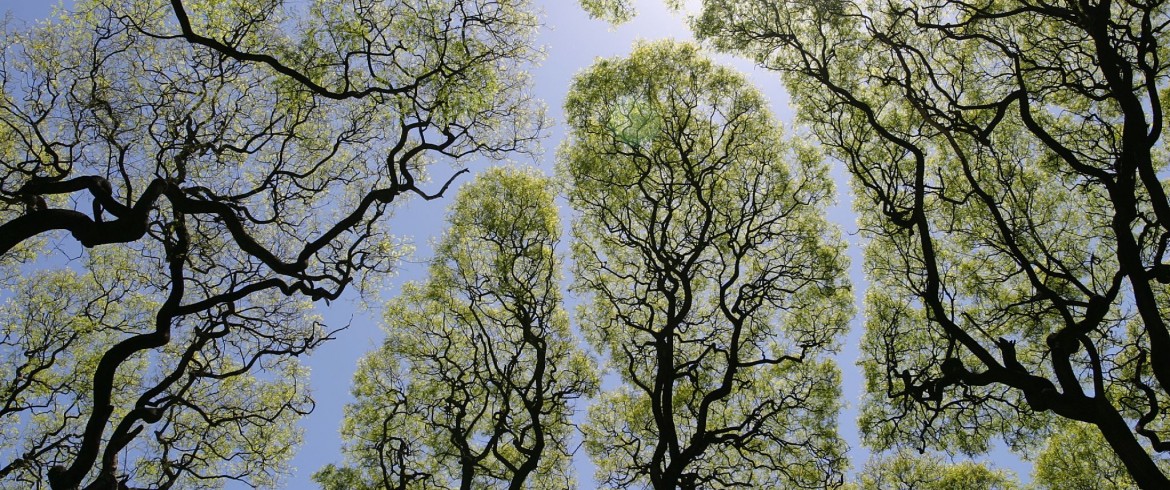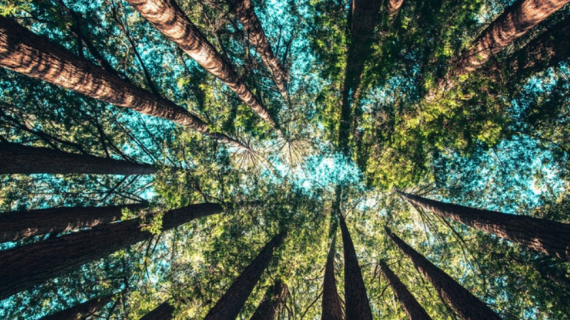We were aware of the crucial role played by trees in reducing CO2 emissions and smog in our cities. Recent researches state what species are more effective to the purpose. We listed them here.
Performances of anti-smog trees are impressive: they are capable of absorbing almost 4000 kilos of CO2 in twenty-years time, they also stop the deadly thin clouds of dust PM10 and they lower the temperature of the surrounding environment during the warmest summers. We previously mentioned the benefits of urban forests and their role in improving the health of the city’s people; now an official ranking from Coldiretti, the leading Italian organization of farmers at the European level, properly identifies what species are more suitable to defeat air pollution.
1. Norway maple (Acer platanoides), the best among anti-smog trees
First in this special ranking is Norway maple, whose distinctive characteristics are the leaves’ size, between 10 and 15 cm, and their bent shape (in picture): it can absorb up to 3800 kilos of CO2 in twenty-years time, besides playing a role in mitigating pollution and demolishing the heat islands of urban contexts.
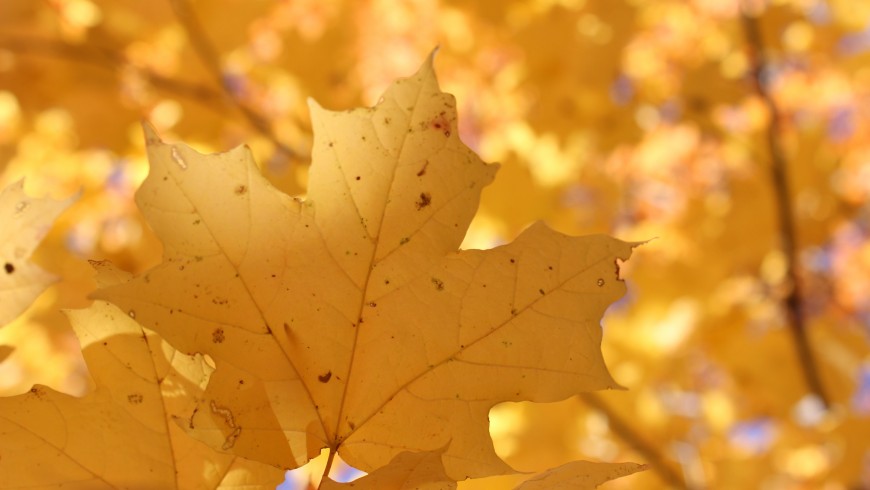
2. Silver birch (Betula pendula)
The silver birch is able to grow in most difficult conditions. Celts and old German tribes considered it as a “holy tree”; silver birch is capable of absorbing up to 3100 kilos of CO2 to clean the air.
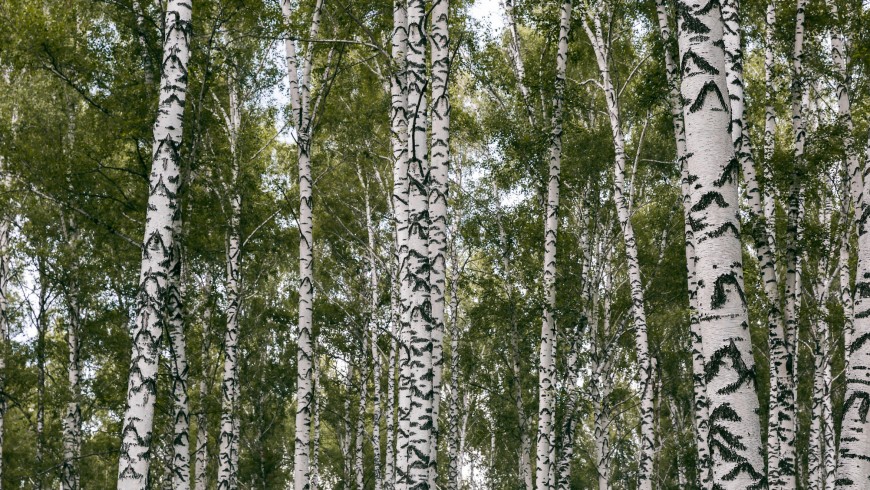
3. Turkey oak (Quercus cerris)
Equal score for the Turkey Oak, absorbing up to 3,1 tons of carbon dioxide. It distinguishes itself to reach up to 35 meters in height.
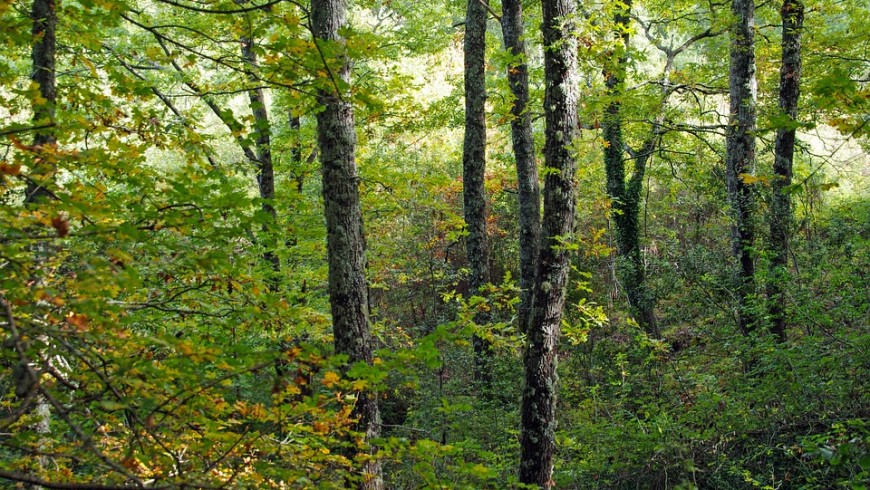
4. Ginkgo (Ginkgo Biloba)
The Ginkgo Biloba, besides absorbing up to 2800 kilos of CO2, is a fundamental barrier against gas, clouds of dust and heat, being perfectly adaptable to soils of every kind (urban soils too). It’s a very old tree, dating back to 250 millions of years ago.
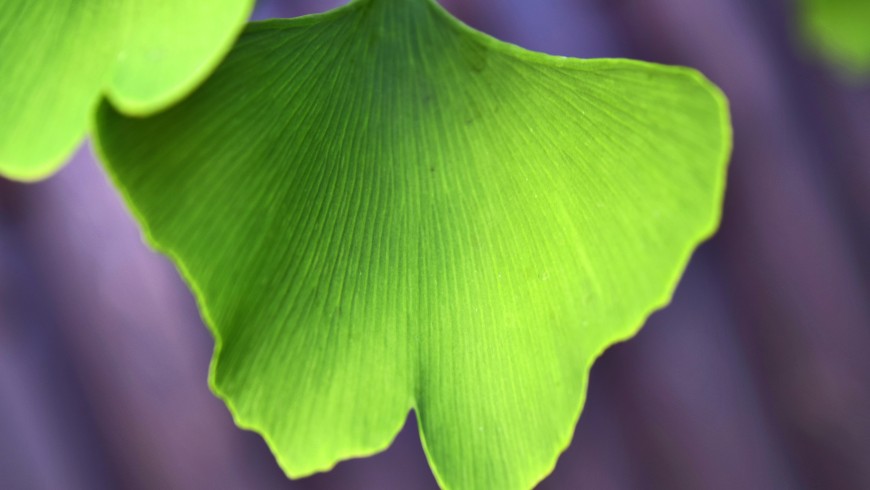
5. Largeleaf linden (Tilia Plathyphyllos)
A fast-growing giant, most common in urban streets and parks, with an impressively high capacity of reducing pollutants.
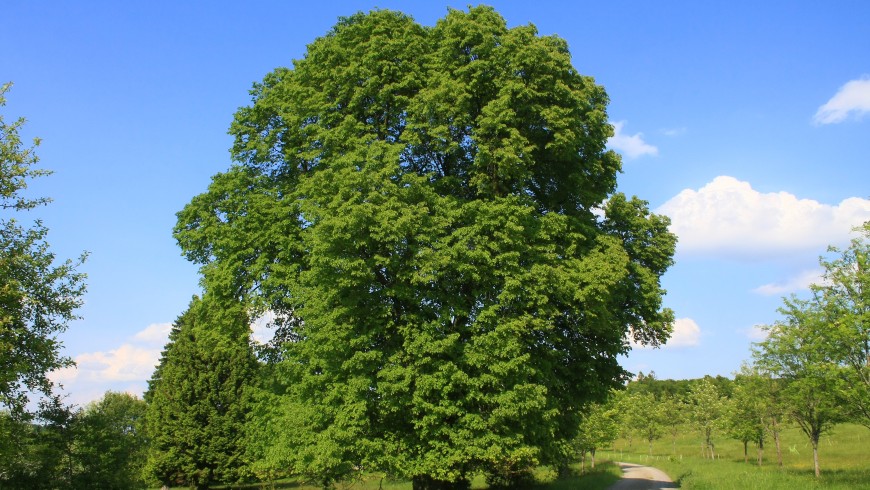
6. Mediterranean hackberry (Celtis australis)
Tremendously suited in absorbing carbon dioxide, up to 3,660 kilos in 20 years), the Mediterranean hackberry may grow up to 20-25 meters in height.
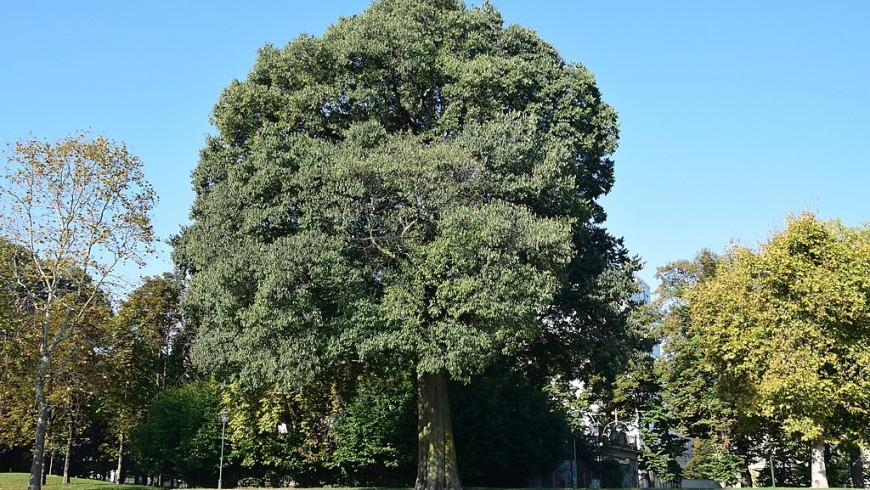
7. Littleleaf Linden (Tilia cordata)
Well-known for its excellent capabilities of capturing Co2 and reducing urban smog, we can usually meet this linden’s family tall relative in the city’s parks and gardens.
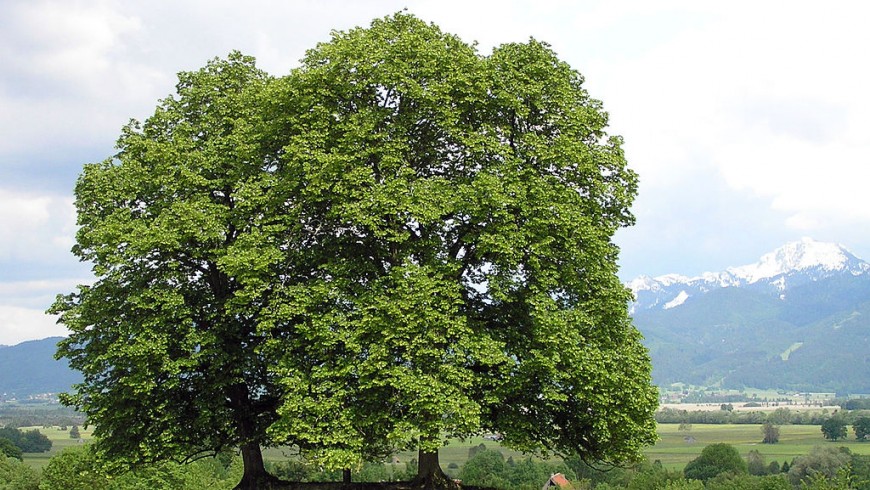
8. Field Elm (Ulmus minor)
The field elm, which can transform thousands of Co2 kilos into biomass, impressively develops in height (up to 30 meters) but also in width.
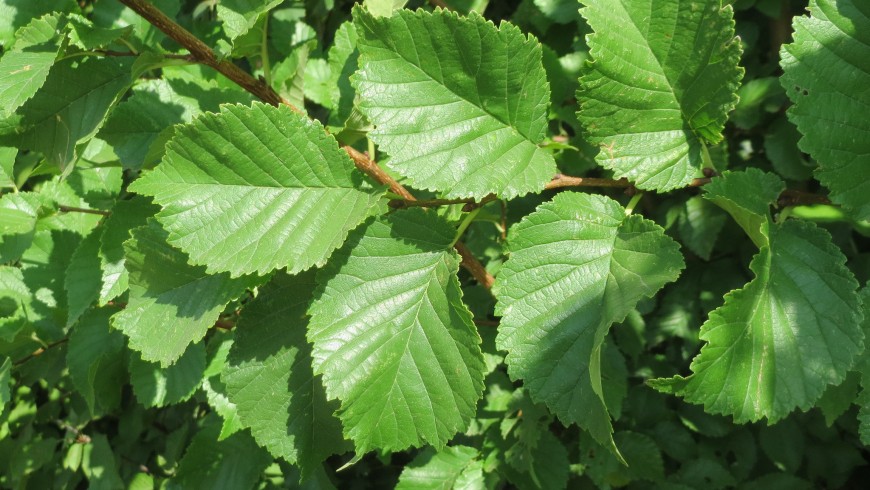
9. Common ash (Fraxinus excelsior)
This fast-growing giant tree could reach up to 40 meters in height and absorbs more than 3000 kilos of CO2 in 30 years time, a perfect ally in cleaning the air and eliminating pollutants.
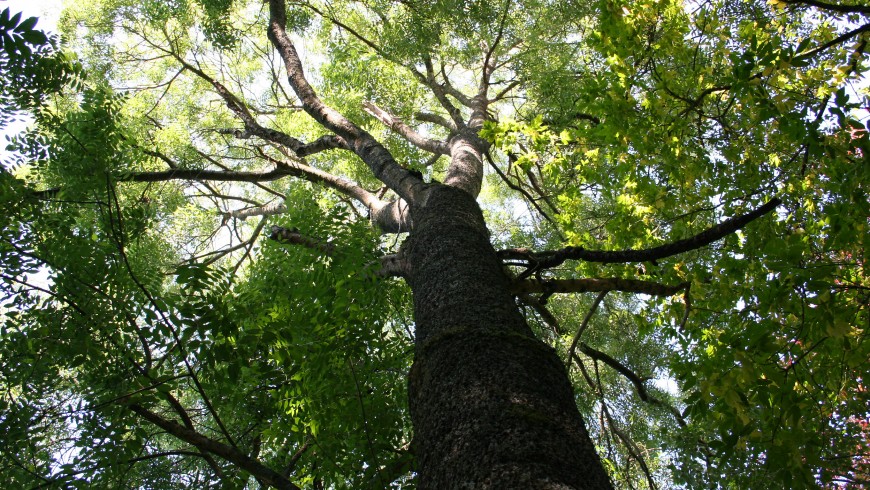
10. Black alder (Alnus glutinosa)
The black alder, with an average height of 10 meters, is the little one of the group. Nevertheless, black alder can stop up to 2600 kilos of CO2 and has a strong absorbing power against gas pollutants.

What do you guys think about anti-smog trees? Do you know other species? Tell us your opinion in the comments!
